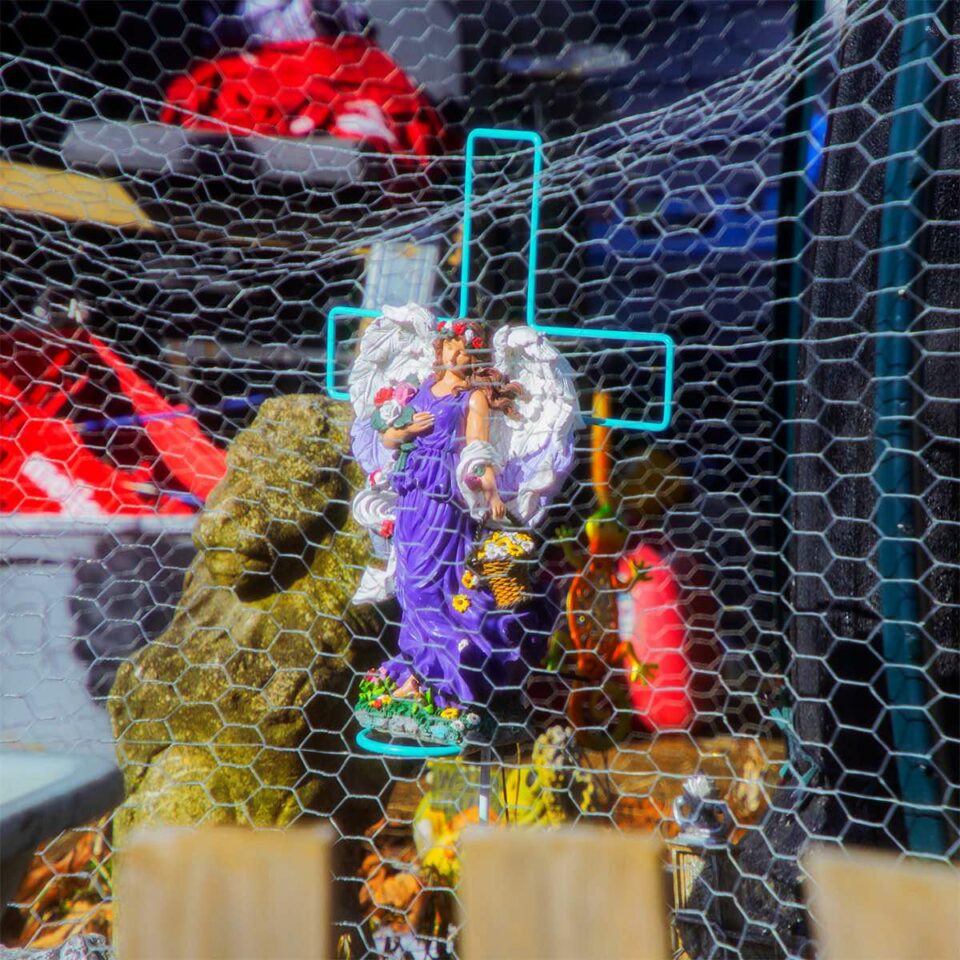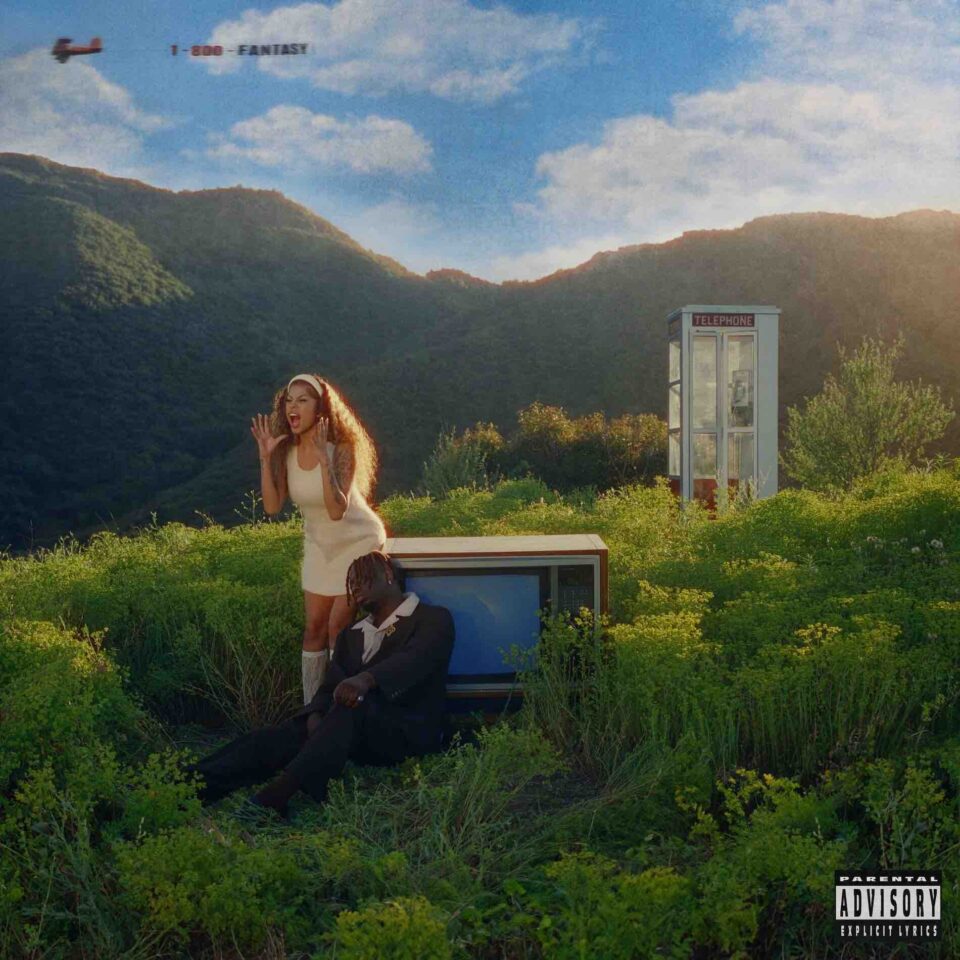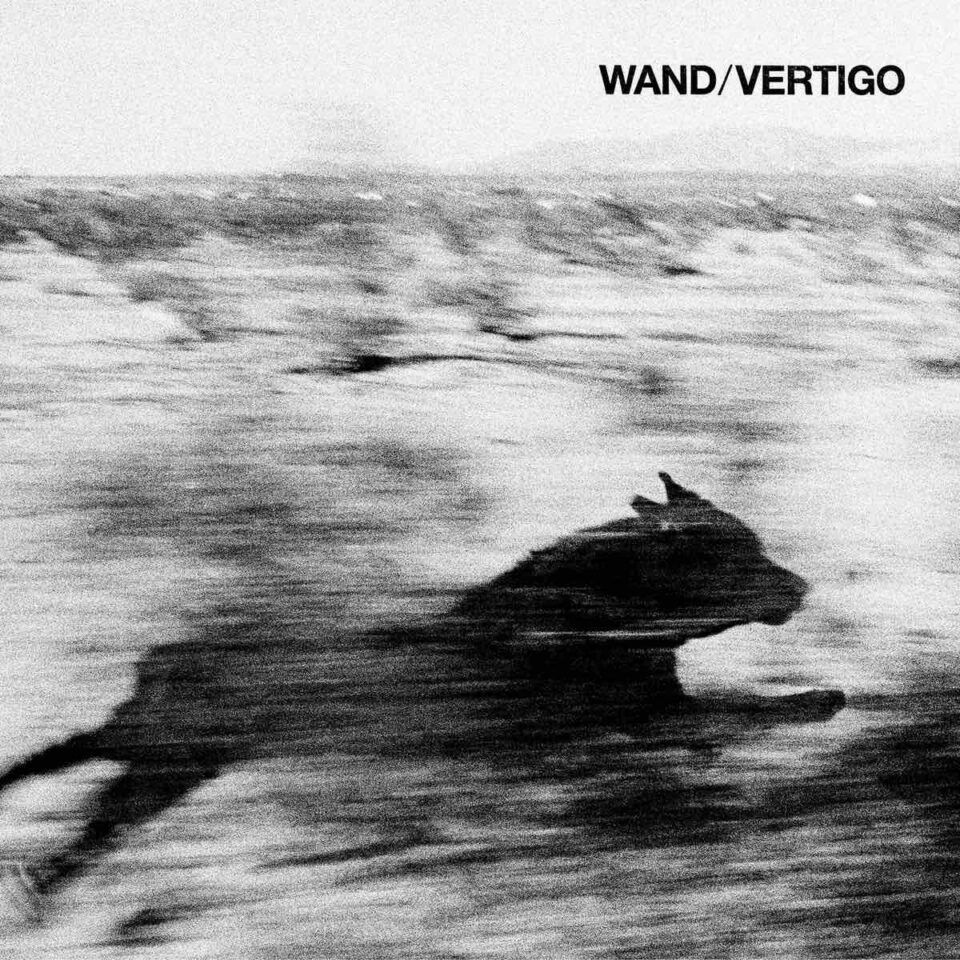There’s a scene in the movie Se7en when the detectives discover the master criminal’s lair and find an elaborate network of objects pointing to each other. “That’s how we work,” says Röyksopp’s Svein Berge, using David Fincher’s 1995 mystery-thriller as an analogy. “We have a huge blank sheet we write ideas and thoughts on. It’s like a brainstorming mayhem.” Film references are the default way the Norwegian duo explains their decision-making processes and general work ethic. These come particularly in handy for their latest endeavor Profound Mysteries, a three-part project that’s as reliant on its visual component as it is on the music.
The first Profound Mysteries offering, released back in April, was accompanied by a series of stand-alone short films from multiple directors attached to the Scandinavian production company Bacon. These films took their inspiration from and included short clips of Profound Mysteries’ songs. While disparate, together they ended up with an unintentional coherence. The full versions of the songs came with visualizers created by renowned visual artist Jonathan Zawada, whose music-related projects include products for The Avalanches, Flume, and Mark Pritchard.
Besides Röyksopp’s own Berge and Torbjørn Brundtland, Zawada is the central through-line connecting the three Profound Mysteries releases, the second of which was released last week (the third is coming in November). Zawada’s visualizers for Profound Mysteries II carry a similar aesthetic to those of the first installation in that they recall everyday objects such as a crossbody bag or a garlic press. But what are they actually?
“The broad concept of ‘profound mystery’ made me immediately think of items you see in a museum catalog where you have no idea if it’s a vase, and then the inscription says it’s something else entirely that’s from a long-ago civilization.”
— Jonathan Zawada
“[Zawada] had the idea of creating a physical representation of each of the songs, one artifact per track,” says Berge. “We want the artifact to be an object that is clearly an object, but you don’t really know its purpose, its origin, what it feels like—is it hot, is it cold, is it a machine, is it organic, is it alien, is it ancient?—and so on and so forth.” Adds Zawada from his home in Australia, “The broad concept of ‘profound mystery’ made me immediately think of items you see in a museum catalog where you have no idea if it’s a vase—maybe it’s a vase, but it’s got a weird head on it—and then the inscription says it’s something else entirely that’s from a long-ago civilization. It’s obtuse and mysterious at the same time. It’s accessible, emotive, and human.”
Initially, Zawada hand-made objects from unconventional materials and photographed them as they would be seen in a museum catalog. But the Röyksopp fellows were taken with Google DeepDream, which is AI that creates imagery based on the information it’s fed. They shared the idea of using AI to generate unidentifiable objects with Zawada. He, in turn, “poured so much of his artisan approach into it and made it personal, live, and organic,” says Brundtland.

At the time Zawada was working on the Profound Mysteries artifacts, the AI was not as advanced as it is now. He chose different subject matters, fed them into the AI image generation tool, then painstakingly worked on getting the resultant images to look like art and not “just a mess,” according to Zawada who was using what is now known as the Artbreeder platform. “I digitally hand-redrew and -repainted the sketches from the AI platform,” he continues. “I used my own subjective point of view to fill in the gaps and interpret what it looked like and extrapolate from there. It was a super exploratory thing for me and really different to the way I would normally work, but very much bound up with the idea of the mysterious. To me, there’s nothing more profoundly mysterious than AI trying to represent something. There’s no bar built into the language. There’s no perspective that it’s presenting. It’s just this black box which spits out things and you have no idea why it arrived at that conclusion.”
Using another film reference, Berge explains, “It’s like something from David Cronenberg with a touch of Goya and hit on with a ‘splosh,’ but all done in an AI blender.”
“It’s like something from David Cronenberg with a touch of Goya and hit on with a ‘splosh,’ but all done in an AI blender.”
— Svein Berge
The cover art for the individual songs and all three albums were also made by Zawada, using this same AI-generated starting point. “We had many things in common, one of them being how we combine digital and analog—or acoustic—technology. We don’t separate the two, and neither does he,” says Berge. A few of the artifacts Zawada created were physically made into tangible objects that found their way into some of the Bacon-produced short films. You have to keep a keen eye out not to miss them, but, like all the elements of the Profound Mysteries trilogy, they fit together seamlessly.
This could be credited to the three parts of Profound Mysteries being written at the same time. Each installation has a particular aural quality. Profound Mysteries I, as it were, is a reintroduction to Röyksopp, a slow build that is subjective in its themes and more introspective—or as the duo says, “the headphones album.” “Profound Mysteries II is more open,” Berge says. “There’s a greater presence within the music and the themes are more evident.”
Perhaps the most conscious decision—which ties in with Röyksopp initially insisting that Profound Mysteries not be referred to as “albums”—is the approach to the album roll-out. There are no “singles” in the traditional sense. Each of the songs is given equal “airtime” with its own visual accompaniment. There’s a concept attached to each album (“At this stage, call it whatever you want, ‘album’ is fine,” Berge concedes) and an overarching narrative that runs through all three.
One of the key characteristics of Profound Mysteries II is its callbacks to specific music eras of the past that helped shape the sound of Röyksopp: the rave scene of the ’90s, the Italo-disco of the ’80s, the folk-pop and progressive rock of the ’70s. Berge and Brundtland have been sitting on some of these songs from their teenage years—case in point: “Unity.” “The name should say it all really,” says Berge. “It’s a clear nod to the UK rave scene on the eve of the ’90s. It’s how we remember the scene when we were teenagers going to raves in Brixton. The idea for ‘Unity,’ came when we were about 15. We made that when we were kids, and we kept it. It actually has the computer programming from 1990. When we had the concept of Profound Mysteries in place, it felt apt to include it in this project.”
“There was a time earlier in our lives that we wouldn’t have given that much trust. It’s rewarding to see that trusting others with your material can yield these results.”
— Torbjørn Brundtland
The conversations Röyksopp had with Zawada about creating a visual accompaniment for these songs were minimal. From Zawada’s recollection, throughout the three Profound Mysteries installations there were only six exchanges total. Says Zawada, “Whenever I would jump on calls with them, I was like, ‘Oh, right, I need to step up my brainpower a little bit.’ They were really respectful and didn’t want to shape anything. They were quite involved in saying, ‘This imagery feels like this song,’ but at the same time they were very deferential. Their responses were very helpful to me.”
“There was a time earlier in our lives that we wouldn’t have given that much trust,” says Brundtland. “It’s rewarding to see that trusting others with your material can yield these results.” FL









